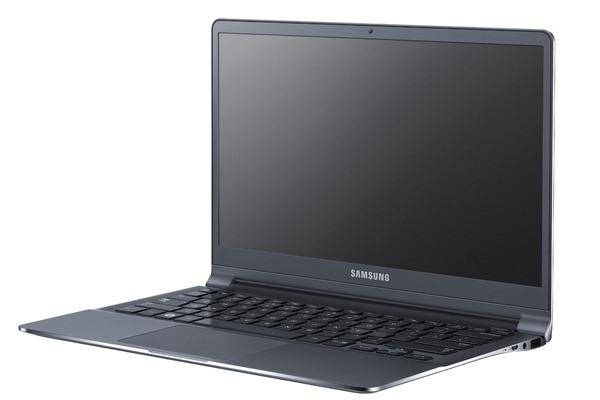In the interest of avoiding confusion, Samsung has shied away from calling its second-generation Series 9 computers “ultrabooks” since it didn’t refer to the first generation — which launched last year before Intel birthed the ultrabook moniker – as such. But the new Series 9 looks like a duck, quacks like a duck and pretty handily out-ultrabooks most actual ultrabooks as far as thickness and weight are concerned. There’s bound to be some confusion, in other words.
It’s mostly a moot point, though. Consumers will see a half-inch thick Series 9 notebook with a 13-inch screen (Samsung officially bills it as “the world’s thinnest and most compact premium notebook”) next to 13-inch ultrabook models from other manufacturers that measure closer to 3/4 inches thick, and they’ll pick up a 13-inch Series 9 notebook that weighs 2.5 pounds next to 13-inch ultrabook models from other manufacturers that weigh closer to three pounds.
(MORE: Check out Techland’s coverage of the 2012 Consumer Electronics Show)
Whatever you want to call them — ultrabooks, ultraportables, thin-and-lights, skinnybooks, slivertops, pencilputers (I made some of these up, believe it or not) — it’s a game where every fraction of an inch and every fraction of an ounce makes a difference. So the new Series 9 has that going for it. Even the first-generation 13-inch model still holds its own at 0.64 inches and three pounds, and it was unveiled an entire year ago at the 2011 Consumer Electronics Show.
While the new Series 9 shaves enough ounces and fractions of inches off its previous design to warrant attention (Samsung says it’s “28 percent smaller”), the real appeal here as far as I’m concerned is that the new line sports a respectable 1600×900 screen resolution.

We use Apple’s MacBook Air line as the ultrabook measuring stick (even though like Samsung with the Series 9, Apple doesn’t embrace the “ultrabook” moniker), so it’s important to consider differences in screen resolutions. The 11-inch MacBook Air has a 1366×768-resolution screen; the 13-inch version has a 1440×900-resolution one. So what have a bunch of these PC makers done to differentiate their ultrabooks from Apple’s ultrabook? Many of them have trotted out 13-inch versions with 1366×768-resolution screens and priced them at $1,000 or less. That’s closest to the 11-inch MacBook Air’s $1,000 starting price, which gets you a machine with the same screen resolution as most 13-inch ultrabooks, but in a more portable package.
For consumers like me who want to use an ultrabook to actually get some meaningful work done, though, it’s a game where every pixel counts as much as fractional inches and ounces. Maybe more, even: I lugged a four-pound laptop around the 1.6-million square feet of CES all week instead of a three-pound ultrabook solely because it had a 1600×900-resolution screen.
article continues on next page…

